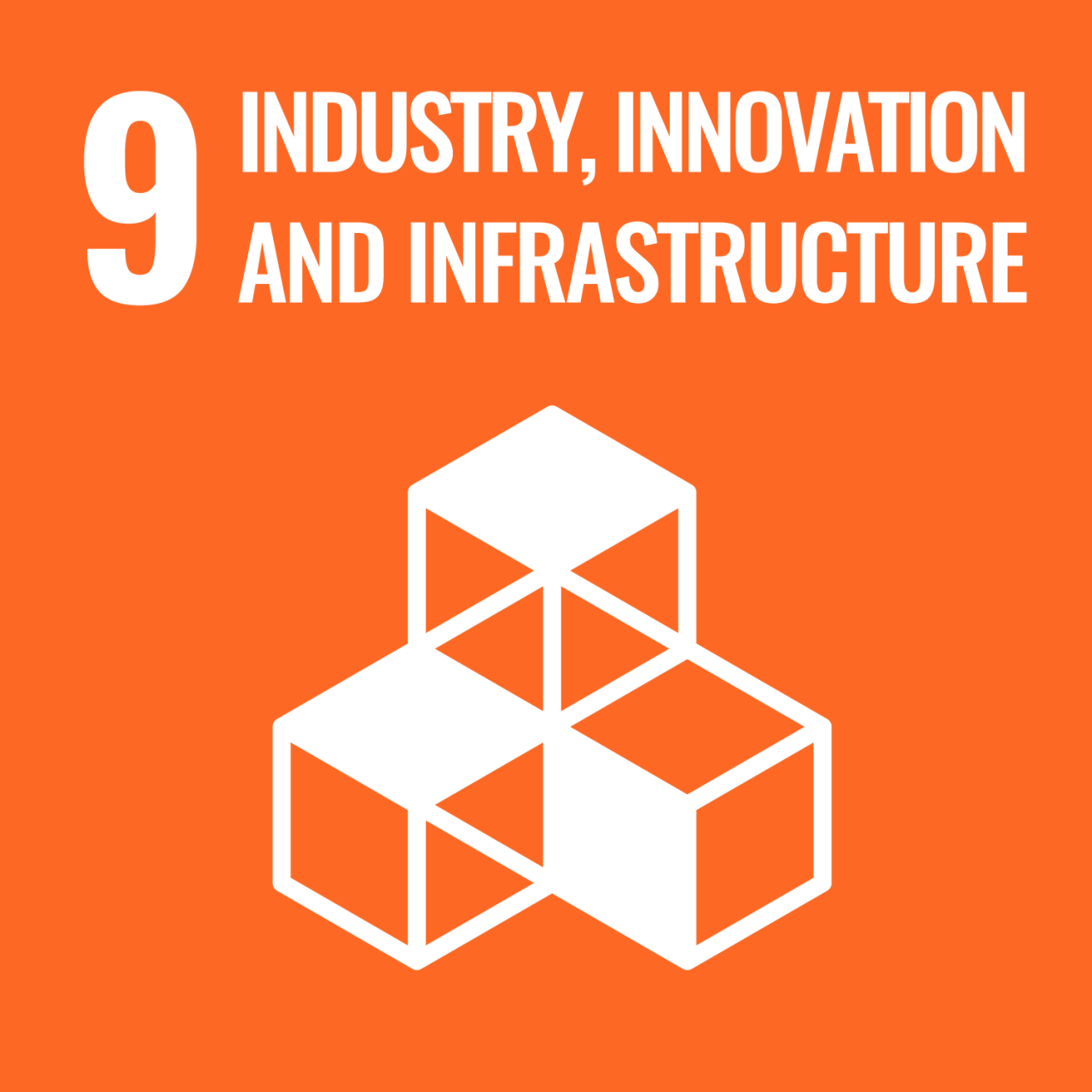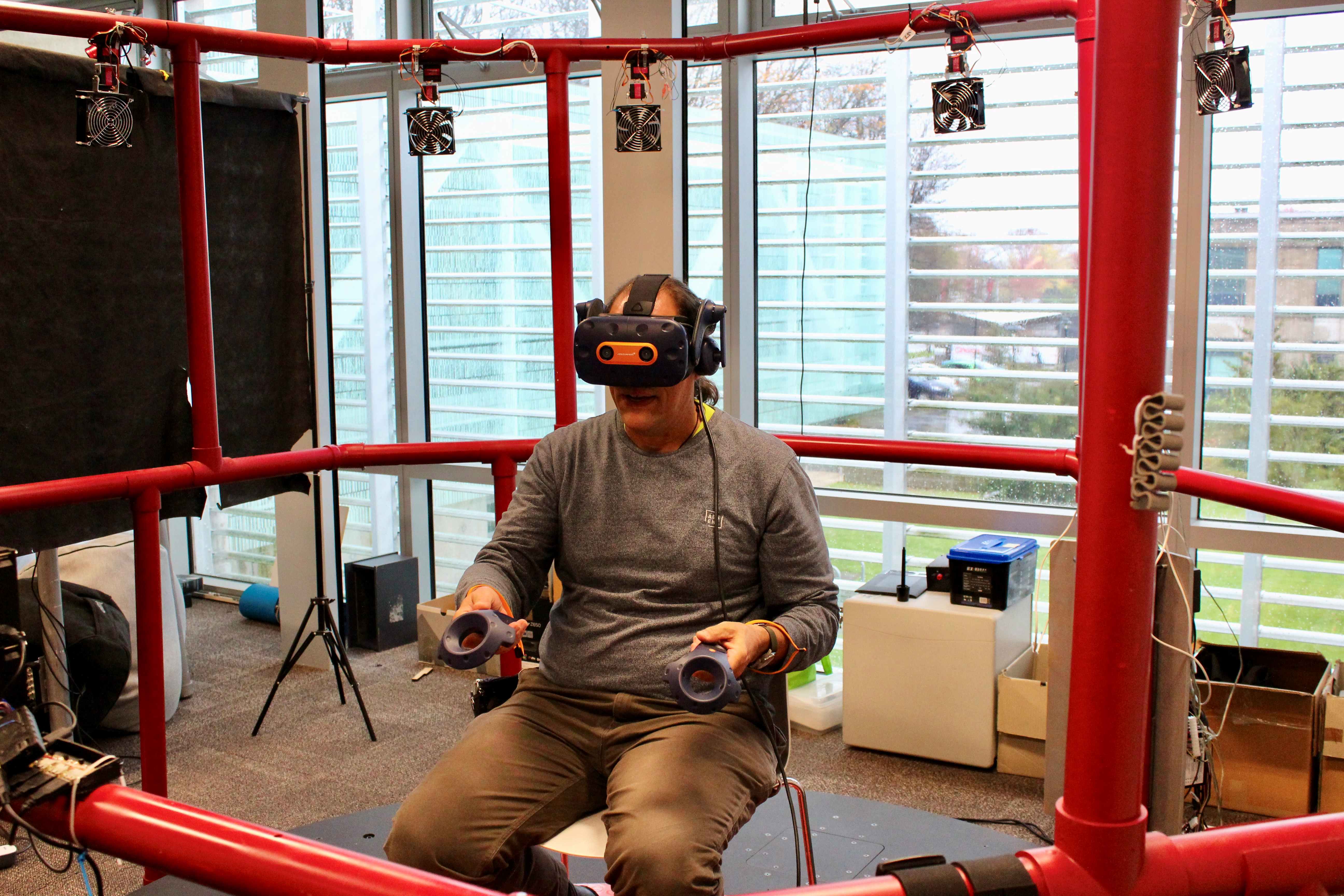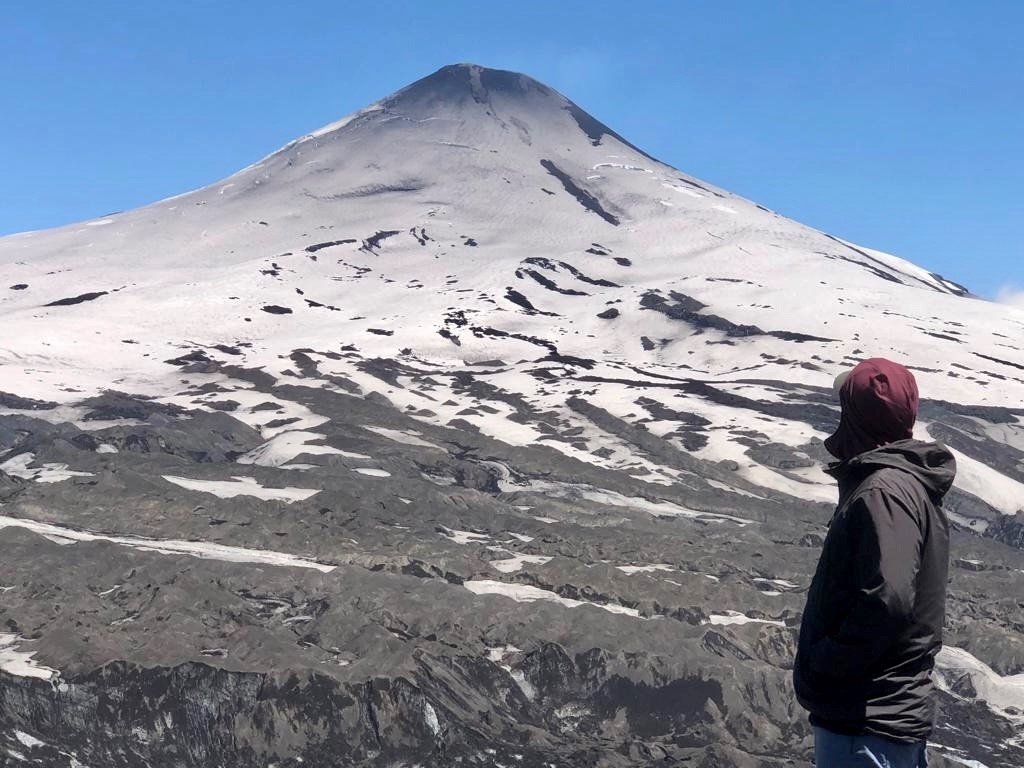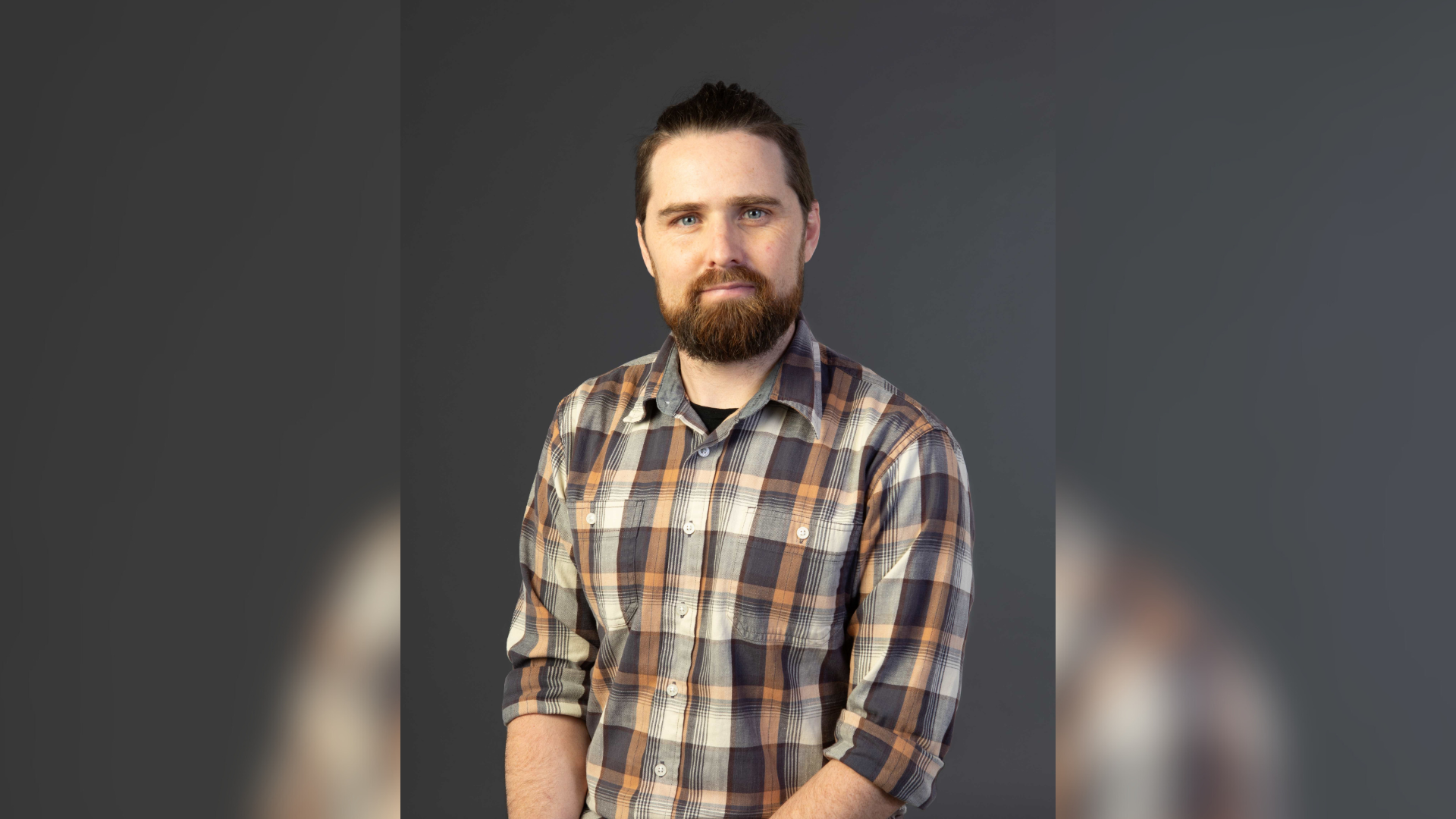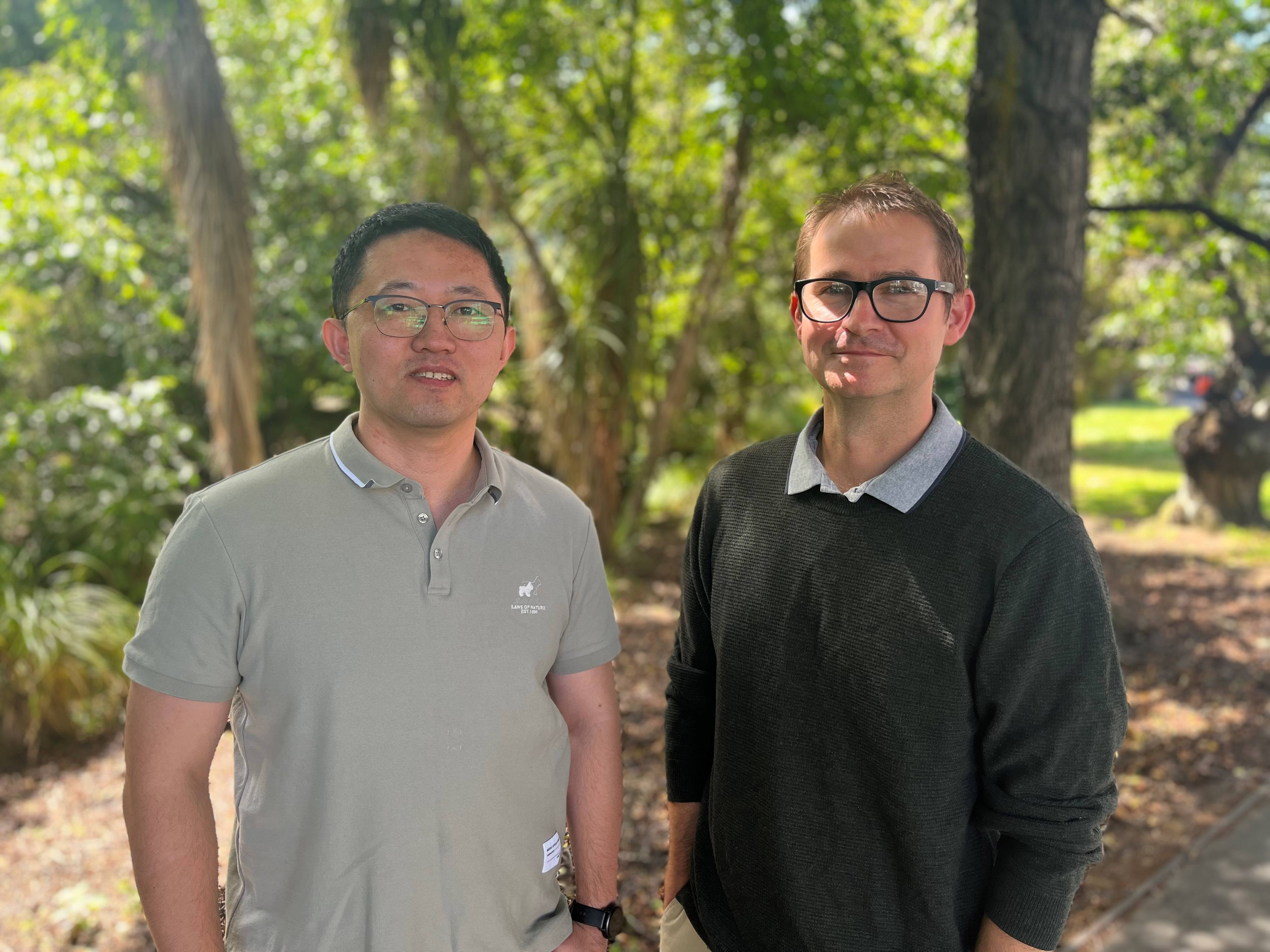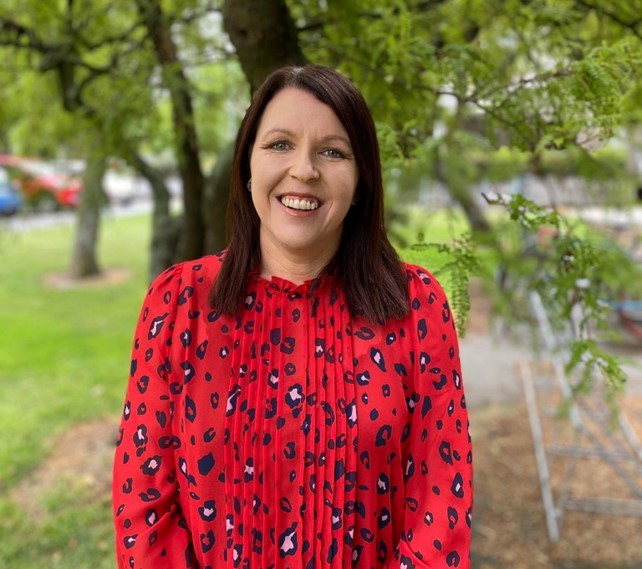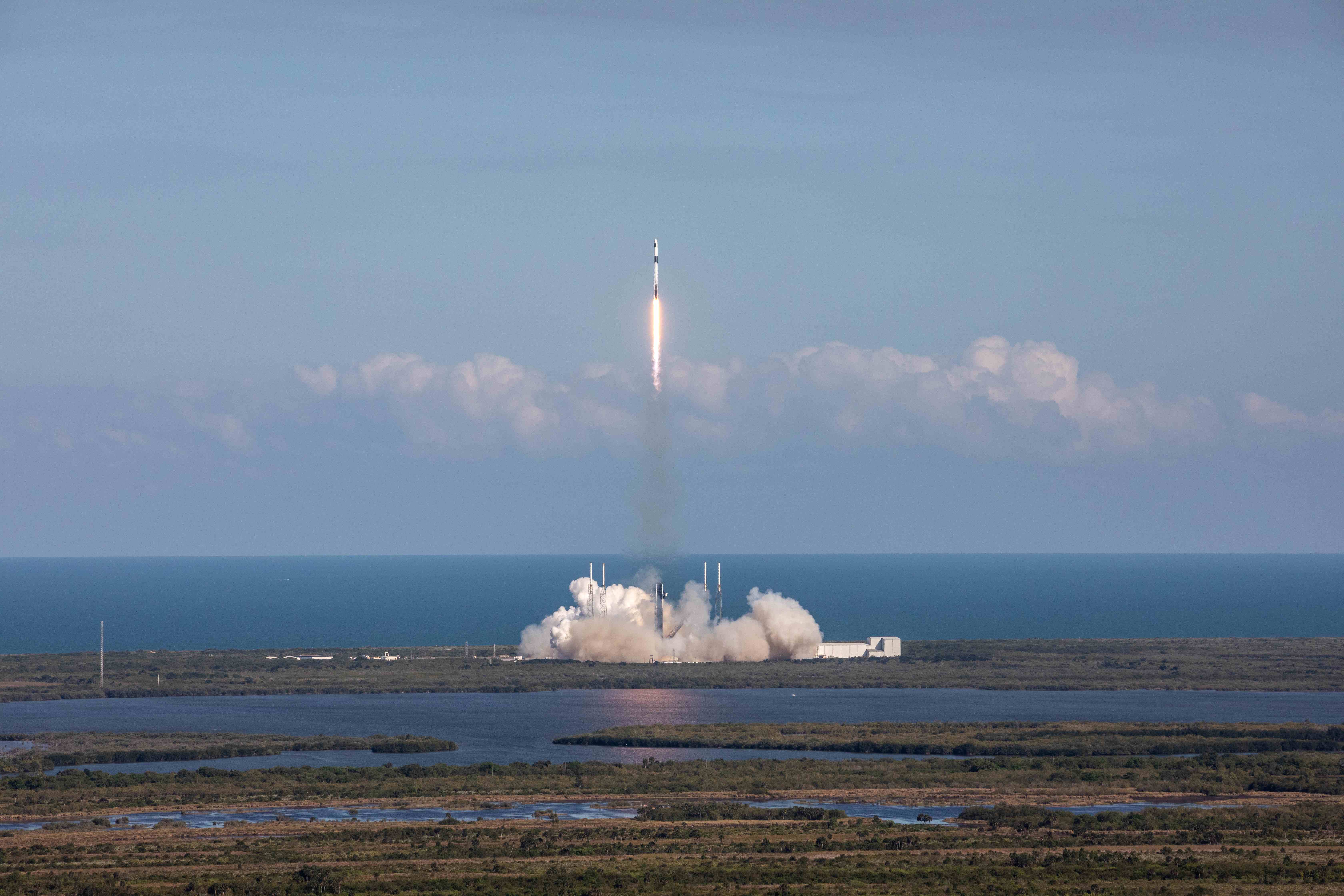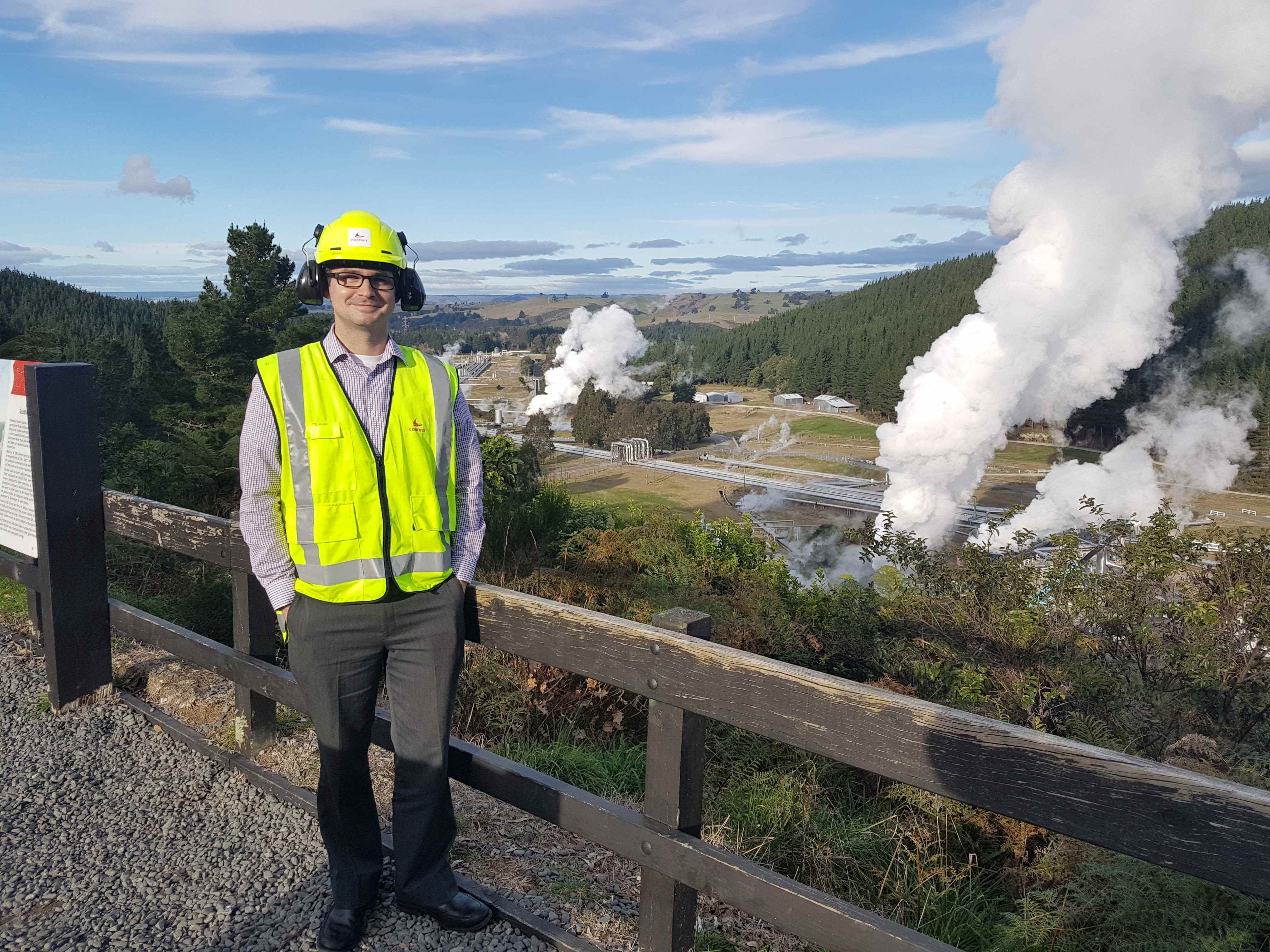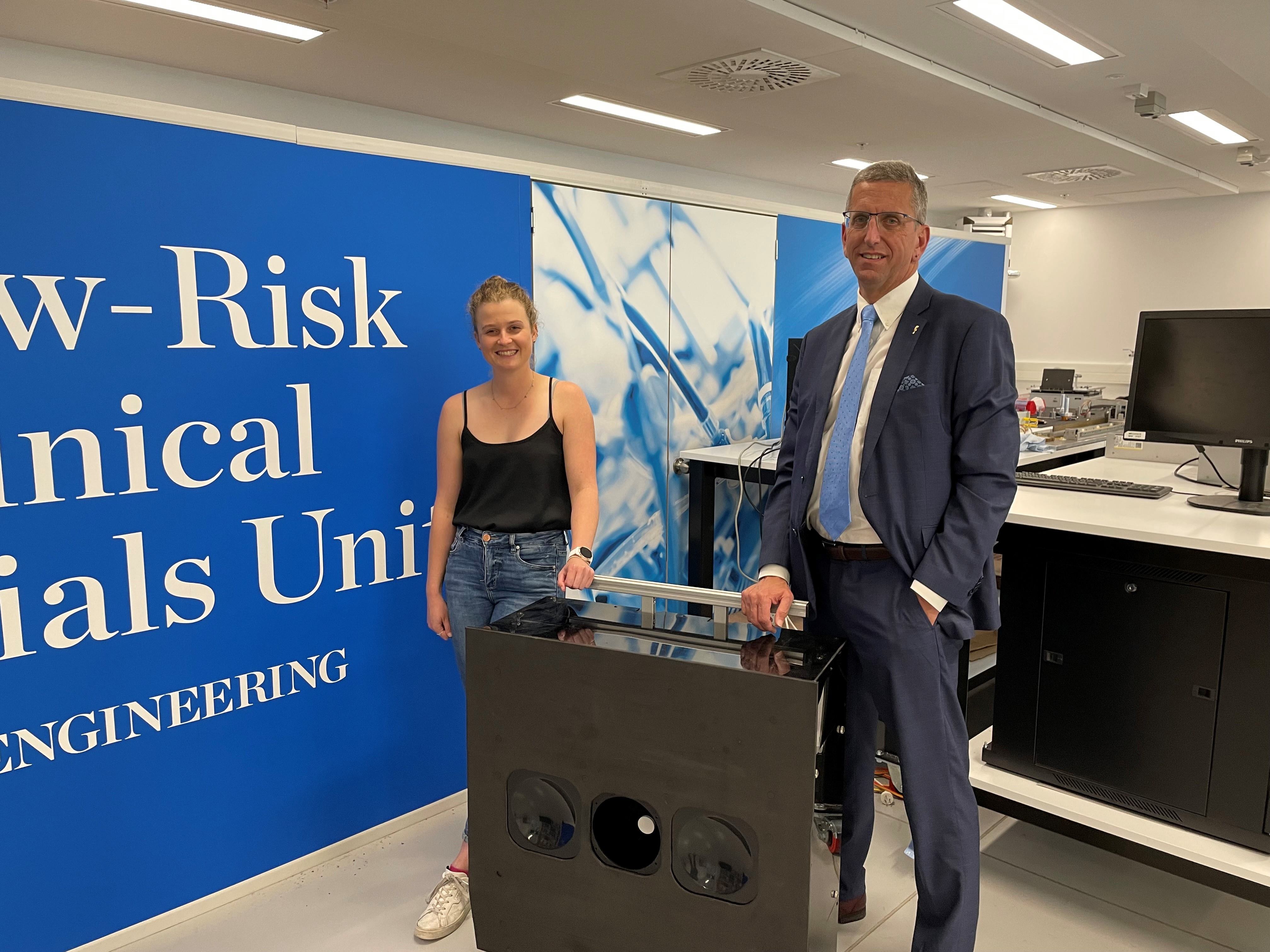Professor Green’s research project, titled ‘Predicting the unseen: a new method for accurate yield estimation in viticulture/horticulture,’ was awarded $6.1 million over 5 years by the 2023 Ministry of Business, Innovation and Employment (MBIE) Endeavour Fund.
His research team plans to develop a unique approach by finely blending an innovative 3D-imaging-based detection system with a physiological growth prediction model. Professor Green describes it as a complex, interlinked, and challenging measurement and data problem, and says this is the first time it’s been approached this way.
“We’re encouraged by the results of our preliminary research. It’s already clear that there is huge potential with this new approach, and I believe this funding will help us go further than people may think,” he says.
“Until now we’ve only been able to scan 3D images of vines that have no leaves, so we know where to prune. Now, with this funding, we can scan through the year, which means you can perfectly align it to see how much it’s grown and changed.
“This will help us forecast yield, and we’ll gain access to data that will help us understand the crop on a whole new level.”
Working with the right people is important, Professor Green says. The research team includes cross-disciplinary, multi-institutional members, including mātauranga Māori, robotics, data analytics and viticulture experts covering all technical aspects of the research to ensure the technology accurately serves the needs of the industry.
Professor Green believes this project may go further than forecasting grape yield, stating New Zealand has the capability to become a world leader in using these systems for multiple benefits.
“Not only will we be able to predict it, we’ll increase average yield, and improve operational and financial planning for wineries and vineyards. We’ll also accelerate vineyard automation to help to mitigate labour shortages and costs, and we will better prepare our vineyards for climate change.”
He says if all goes well solving this expensive problem for the viticulture sector, the flow-on effect may create new revenue and export opportunities.
Next, the research team will aim to take on other horticulture challenges.
“I see true potential that as we solve these issues, this project will serve as a template for future research and become a cornerstone for more extensively automating our future agriculture high-tech sector.”


